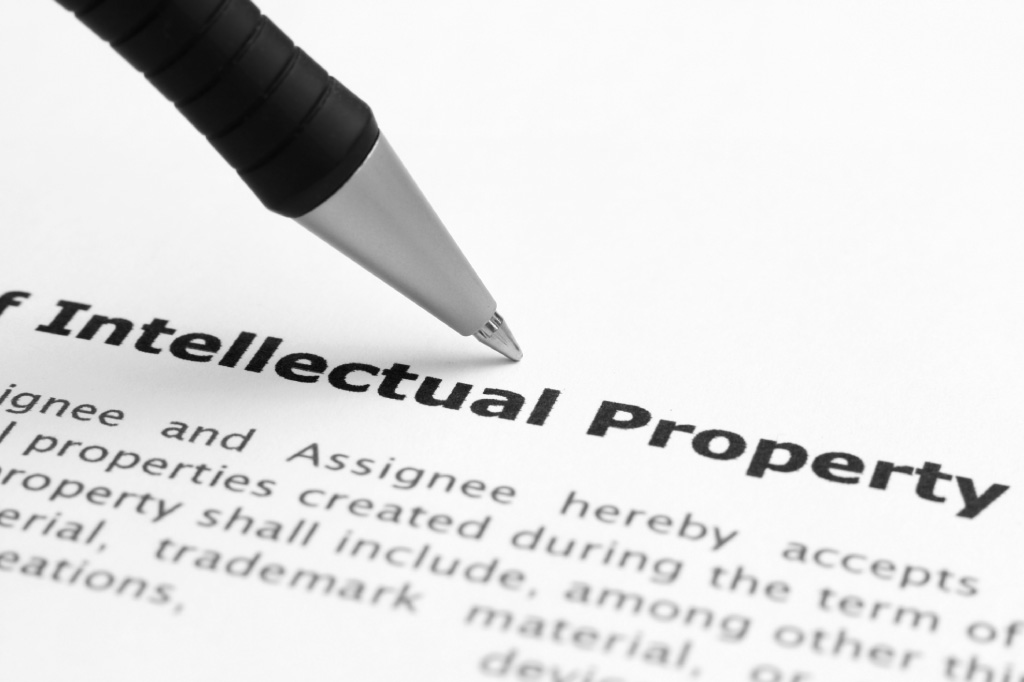Intellectual property is intangible in nature. However, it is granted similar rights as those granted to physical properties. The owners are given exclusive rights to use them, and as such, do not need to worry about losing profit through imitation.
If you have read our previous article, What is Intellectual Property, you will know that the main reason for protecting intellectual property is to encourage innovators to continue creating useful intellectual products for consumers. Depending on the type of IP created, the way in which it may be registered will differ.
The following is a short description of four types of intellectual property protection, with some practical advice for startup owners:
Copyrights
- Copyright law gives the owner the exclusive right to – among others – reproduce, distribute and adapt the work. It covers a broad range of subject matters. Examples of works that can be protected by copyright are manuals, website content, software, drawings, and guidelines. However, it is a common misconception that copyright protects ideas, even though it covers the form of expression of the idea.
- Unlike other IP rights, a copyright exists automatically, as soon as a work is created, and in most of the countries, there is no registration system at all.
- The author of the work is the owner. There could be exceptions to this, for example, if the work has been created by an employee during the course of their employment. A very common problem with copyright is the failure of the company to obtain the assignment of the IP rights to the product developed by the founders or an employee, before the company is set up. This mistake could lead to serious complications that could be fatal to a business.
- It is critical for businesses to keep written records of who created the works and when, and consider recording copyright of key works in the jurisdictions which operate a copyright registration system.
Trademarks
- A trademark gives exclusive rights to businesses to use a particular name or symbol to identify their company, their products, or services. There are “classic” trademarks such as words, names, or devices, but there are also trademarks of a new generation called non-conventional or non-traditional trademarks, such as sounds, smells, or animations.
- It is important to file your trademark application as soon as possible: before you set up your company for your business name; and before the launch of your products and/or services for your brands. We cannot stress enough the importance of conducting trademark availability searches prior to filing the trademark application, to identify possible prior trademarks that could block the registration of your trademark.
You can refer to the process of trademark registration in Singapore if required. - Trademark protection is territorial by nature and it is important to establish your core markets, i.e. the jurisdictions where you offer and intend to offer your goods and/or services. The list of countries of interest will be the key to establish a filing strategy and choose between national application(s) and/or an international filing.
- The initial period of protection is 10 years in most countries, and trademark protection can be renewed indefinitely. Find out how to maintain your trademark registration in Asia.
Read more about some trademark basics.
Industrial Designs
- A design protects the external appearance of an article. It refers to the features of a shape, configuration, colour, pattern or ornament applied to an article.
- As a design owner, you can prevent third parties from using your design without permission. You can also exploit your design by selling it or licensing it, for example.
- To qualify for registration, a design must be new. In other words, it must not have been published anywhere in the world before the filing of the application. Know more about the essentials of design registration in Singapore.
- Most jurisdictions follow the Locarno Classification for Industrial Designs, with 31 classes and their sub-classes.
- As for trademarks, it is important to conduct availability searches before filing design applications to make sure your design is available for registration.
- The term of protection of a design depends on the jurisdiction of registration. In Singapore, for example, it is protected for an initial period of 5 years, which can be renewed every five years, up to 15 years.
Geographical Indications
- A Geographical Indication is a sign associated with a product of a particular quality or characteristic which is linked to that place of origin. In other words, Geographical Indications identify a product as originating from a particular place. Examples of Geographical Indications are Tequila, Scotch, Cognac, or Havana. If a sign functions as a Geographical Indication, is a matter of national law.
- Consumers are paying increasing attention to the origin and quality of the products and they are ready to pay a premium for a particular quality and a genuine product. The interest in Geographical Indication has consequently been growing over the last decade as they distinguish the products with geographical origin-based characteristics from the others.
- A majority of Geographical Indications are applied to agricultural products, wines, spirit drinks. However, Geographical Indications also cover products whose qualities are due to human factors, found in the product’s place of origin, such as handicrafts.
- Geographical Indications enable their owners to use the indication and to prevent third parties, whose product does not conform to the applicable standards, from using it. This being said, the owners cannot prevent someone from making a product using the same techniques as those set out in the Geographical Indication standards.
- Like trademarks, Geographical Indications are territorial by nature and they should be protected in all the countries where the goods are made available.
- Geographical Indications are normally valid for 10 years and can be renewed every 10 years.
Learn more about the registration of Geographical Indications in Singapore.
The fact that inventions or ideas can be protected using multiple types of IP rights, is often ignored. It is therefore important to analyse which aspects of the invention or idea you intend to protect to establish the best filing strategy.
Read more about how Intellectual Property rights is the next big thing for startups.
At IPHub Asia, we specialise in trademark and design protection in Asia, with a strong focus on Southeast Asia. Please get in touch if you need help with your intellectual property rights protection.
You can also visit our website to know more about our services.









